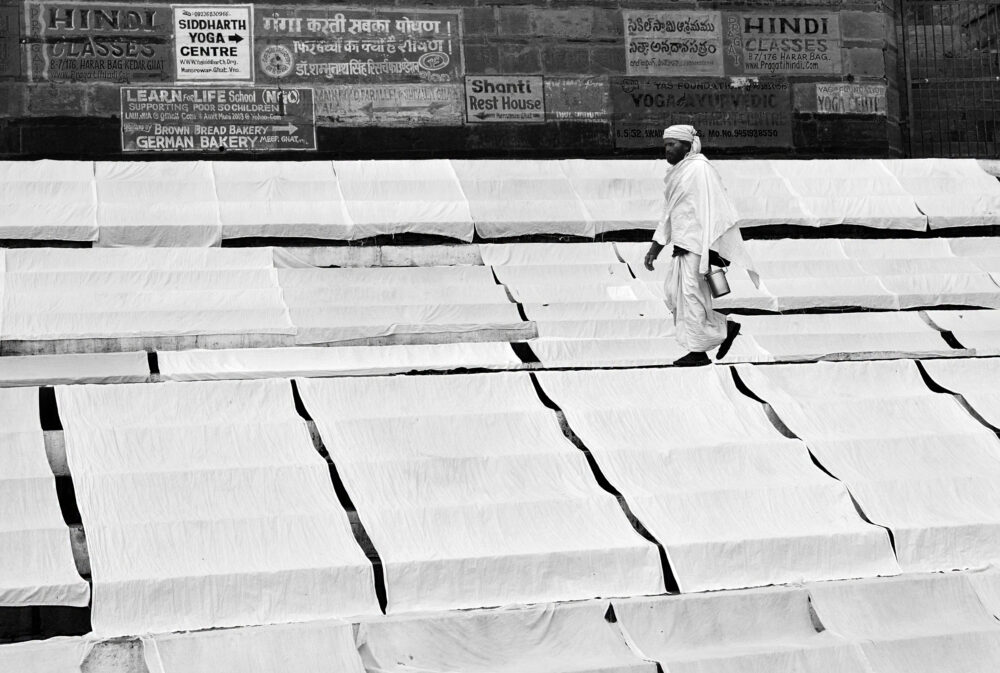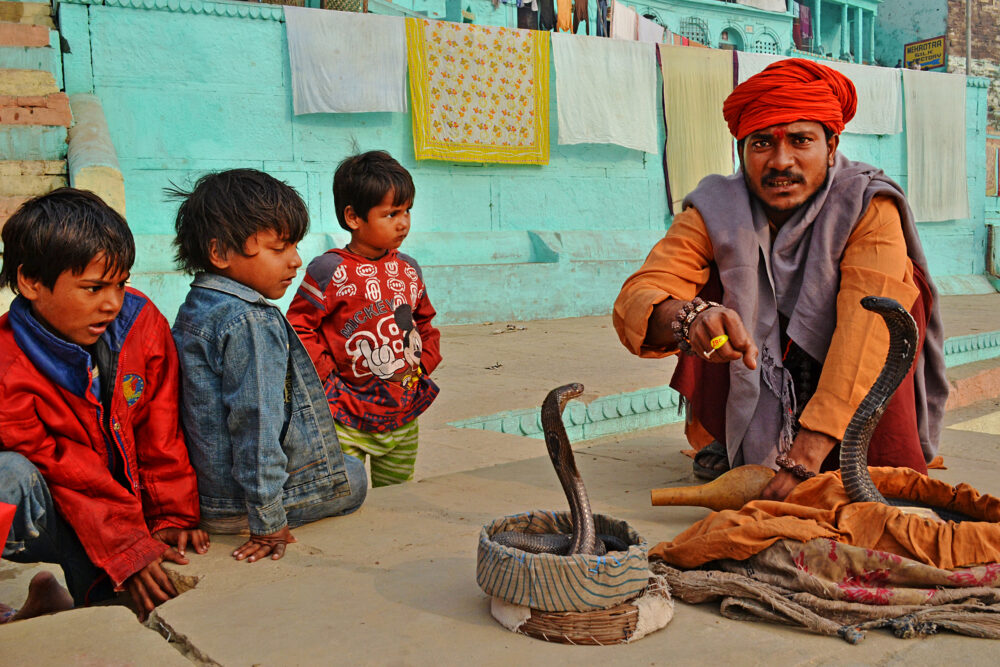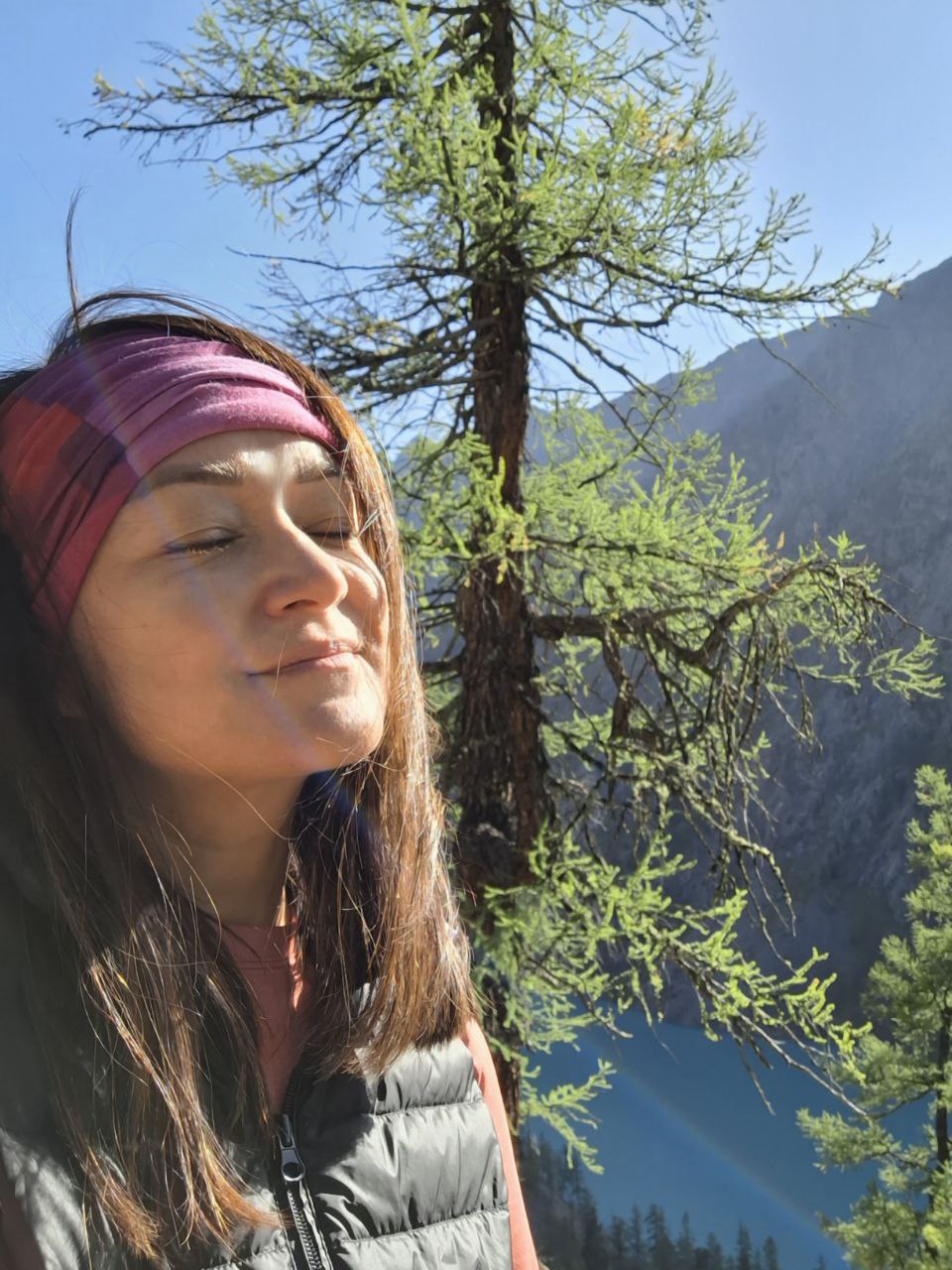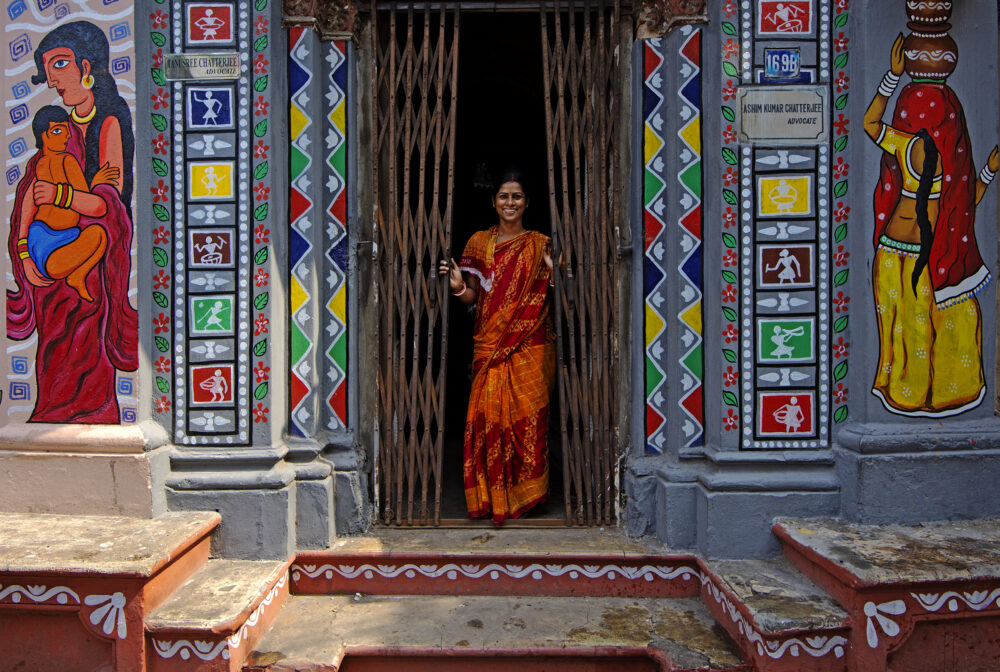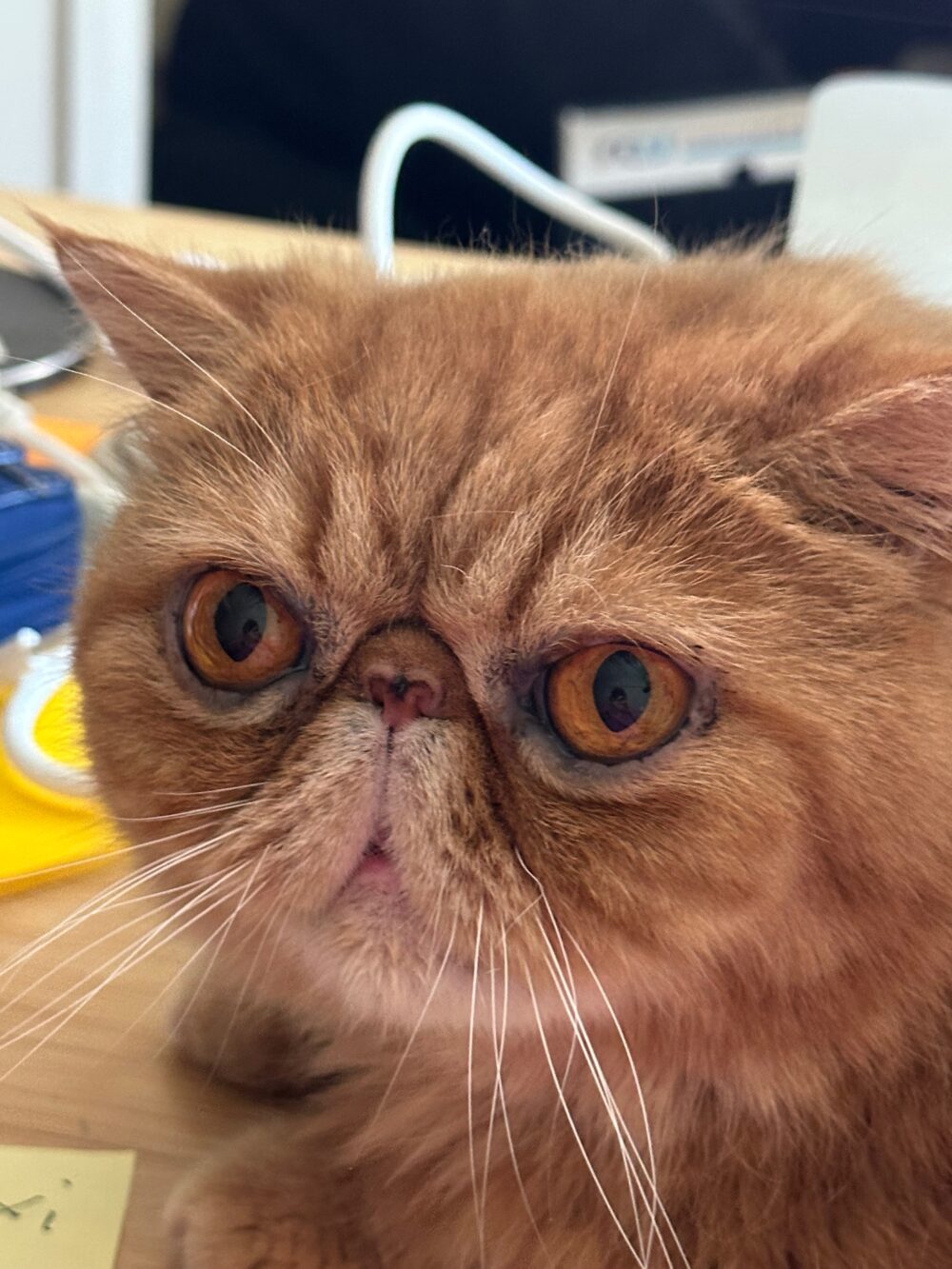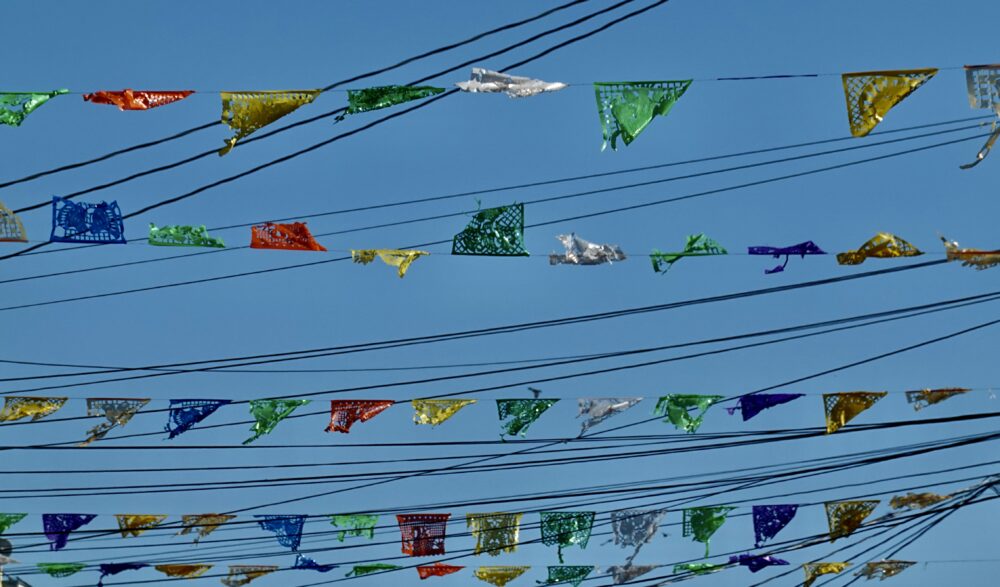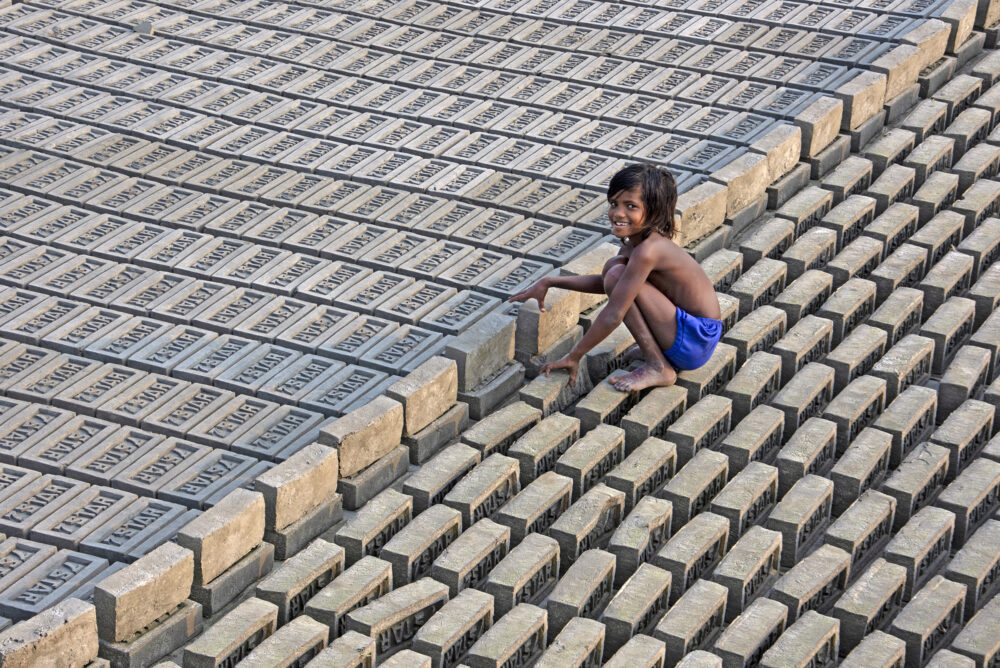
“She’s just going to have to wait. She can see her son tomorrow.” I couldn’t get the words out of my mind as I sat in the hospital storeroom, methodically sorting through donations. The senior nurse’s response had been firm, but not unkind, when I asked if I could bring a newborn to his mother after she had just given birth. It was standard practice here to separate mothers from their babies immediately after delivery, allowing the mothers time to rest and recover. But earlier that morning, a mother I had supported during the birth of her tiny baby boy looked at me with tearful eyes, anxiety apparent in the tone of her voice. She asked me to bring her son to her—she was worried about him, and the separation made her uneasy. I felt helpless as I delivered the news that she would need to wait. The mother nodded and thanked me for trying, but the disappointment in her voice was unmistakable. Despite nearly a week of volunteering in this maternity hospital, freshly certified as a doula, I couldn’t shake the feeling that I wasn’t doing enough.

Located in the heart of Santo Domingo in the Dominican Republic, this hospital operated at a large scale and a fast pace. To ensure efficiency, the highly trained staff adhered strictly to established guidelines, with any deviation approached with caution. I was part of a multidisciplinary team that included physicians, midwives, lactation consultants, and fellow doulas. Our work was aligned with a public health initiative associated with La Leche League, an international organization dedicated to supporting and educating breastfeeding mothers and parents. Our goal was twofold: to challenge the widespread preference for formula feeding with a compassionate and informed perspective, and to offer tangible support through donations while working side-by-side with the hospital’s staff. As a new doula with only a rudimentary grasp of Spanish, I often found myself facing obstacles in trying to make a meaningful impact. The interventions I wanted to share frequently clashed with the hospital’s protocols, took too much time, or were lost in translation as I struggled to convey them effectively to the staff and mothers. That day, I was given the task of organizing the hospital’s donation room. While it wasn’t the role I had imagined when I embarked on this journey, I was grateful to feel helpful. After carefully sorting through the baby clothes, I turned my attention to a large, dusty cardboard box. As I opened it, I was taken aback to discover several pristine Polaroid cameras nestled inside, along with rows upon rows of unused photo prints and I had an idea!
With the approval of the hospital staff and the consent of the mothers, I began taking informal portraits of the newborns and delivering these photos to the mothers. Often, these were the first images ever taken of their children—sleepy after birth, eyes puffy and just beginning to take in the world. Capturing these first moments of life was a privilege, and witnessing the mothers’ reactions to the photos was a joy. These small photographs had a significant impact—not only did they deepen my own ability to connect with the mothers, but they also enhanced my own sense of purpose and self-efficacy. Photography allowed me to implement a new intervention that did not pose a hindrance to the hospital staff, nor any additional risk to mother or child.

Despite the language barrier between myself and many of the mothers, photography was a universal language that transcended words. I wonder if photos may have helped strengthen the mothers’ bond with their newborns as well, providing a tangible reminder of the life they had just brought into the world. I witnessed the photographs facilitate emotional connection with other family members and hospital staff as well, offering the mothers something they could hold and share. For the rest of my time at the hospital, this project turned into a meaningful routine. These photos often ended up taped next to hospital beds or proudly shown to visiting family members. They served many purposes: gifts from the hospital staff to recognize the mothers’ strength, reminders that their babies were close by and would soon be in their arms again, and treasured keepsakes—the first physical mementos of their children.


Photography is a powerful tool that connects us and offers new perspectives. Though its clinical applications to date are limited, it should not be overlooked as a way to commemorate significant moments and encourage emotional intimacy and connection. My own experience demonstrated how effectively photography can serve these purposes within healthcare environments, and how much fun it can be to do so!












